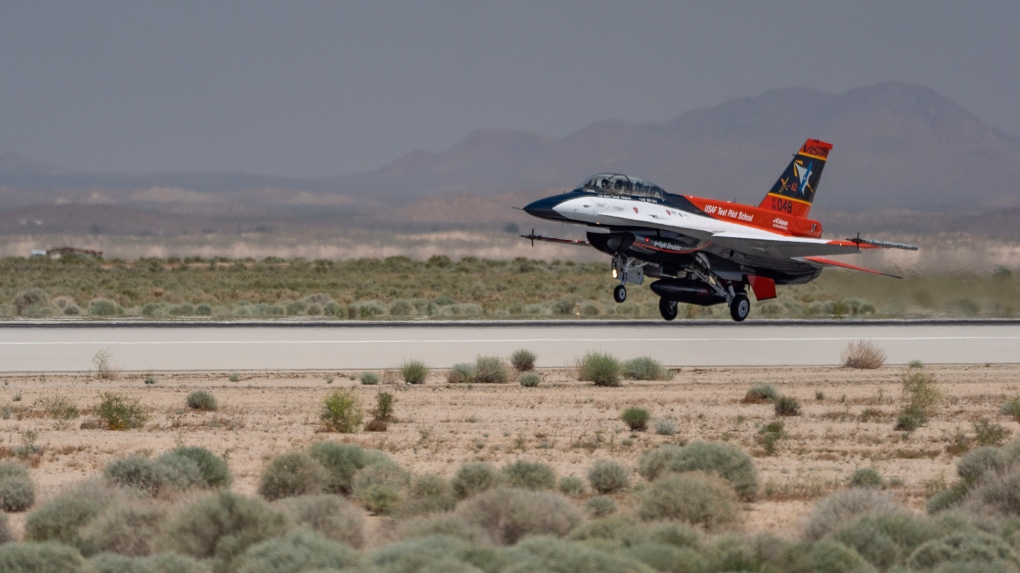A new study with a Manitoba connection is amplifying how geography plays a role in the way Canadian beluga whales communicate with each other.
The study published in Marine Mammal Science investigated geographical variation in the contact calls in four Canadian beluga populations – the Eastern Beaufort Sea, the Eastern High Arctic-Baffin Bay, St. Lawrence Estuary and the Western Hudson Bay.
Contact calls are believed to be used by mom and calf and even whole pods of whales to communicate, explained Marianne Marcoux, one of the study’s researchers and an adjunct professor at the University of Manitoba’s Centre for Earth Observation Science
“It’s more like ‘where are you son?’ and ‘I’m here.’ It’s like trying to find each other. It also works with groups of whales,” Marcoux said in an interview with CTV Morning Live Winnipeg on Tuesday.
Researchers collected acoustic data from July to August from 2014 to 2017 using hydrophones – essentially a microphone that can go underwater. They were moored from a boat or the shore, picking up the sounds of belugas as far as two kilometres away.
The scientists measured five acoustic parameters for each contact call and analyzed if the calls of the geographically separate populations were different based on their characteristics.
Researchers found there is indeed variation in contact call structure among the populations.
Notably, contact calls among the most distant populations, the St. Lawrence Estuary and the Eastern High Arctic-Baffin Bay, were the most different in structure compared to closer populations.
For instance, Marcoux says calls from the St. Lawrence belugas were higher pitched and a bit longer. She believes the high amount of shipping traffic could play a role, as the study found boat noise reduced communication range of beluga contact calls by up to 57 per cent.
“It’s as if when there’s more background noise, they need to make the call a bit longer to be able to communicate,” Marcoux said.
“So you think when you go into a bar or in a place that’s a bit noisy, you might speak louder, maybe you’re trying to speak a bit higher pitched and maybe a bit slower to make sure you hear each other.”
In contrast, the other populations that live in quieter, summering habitats may not need to make their calls as loud or as long.
Marcoux notes research is ongoing. Next, the team of scientists hope to monitor calls again using a hydrophone system for a longer period of time.
“We can put tubes with microphones on them with batteries and computers that we can leave in the water, leave it there for a year, and you can listen for a year of a life of a whale, and then you bring it back to the lab.”
– With files from CTV’s Rachel Lagacé




